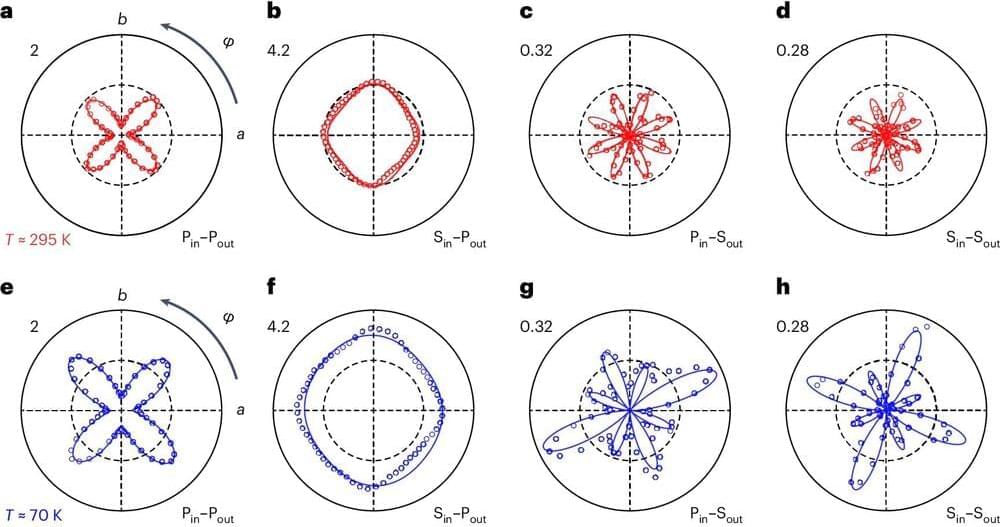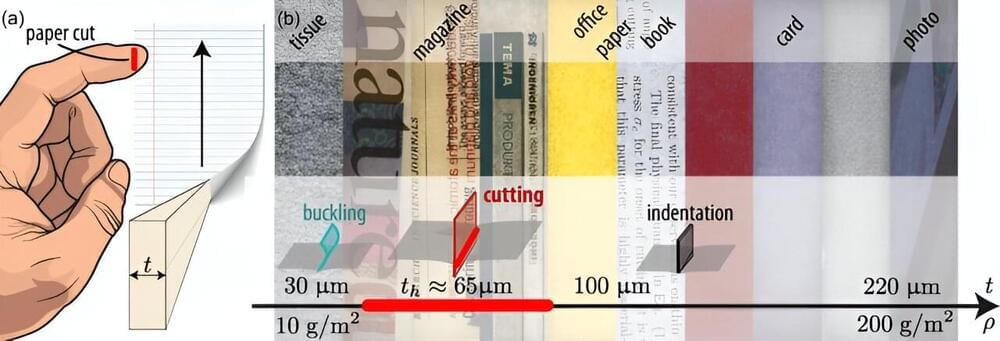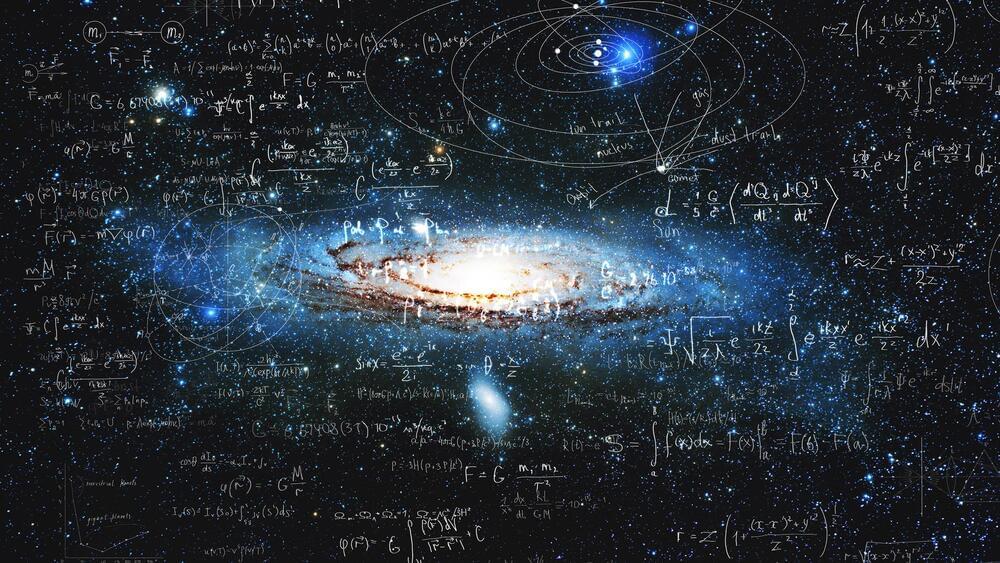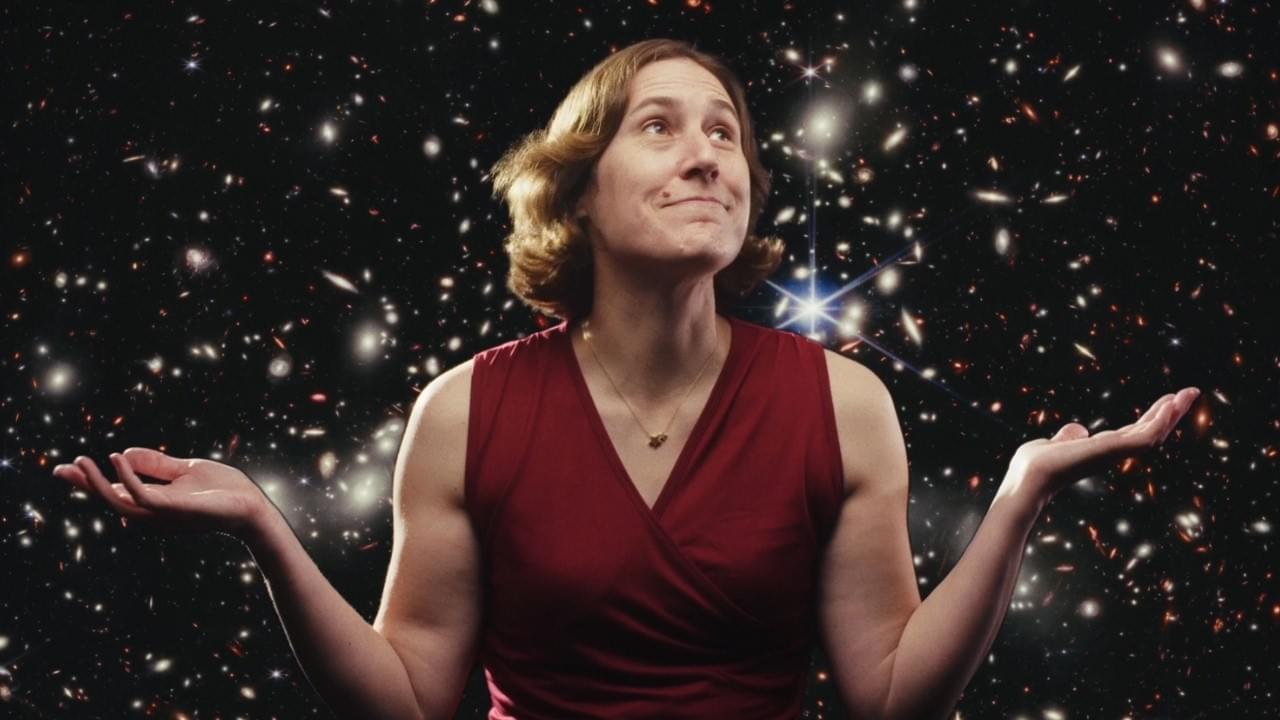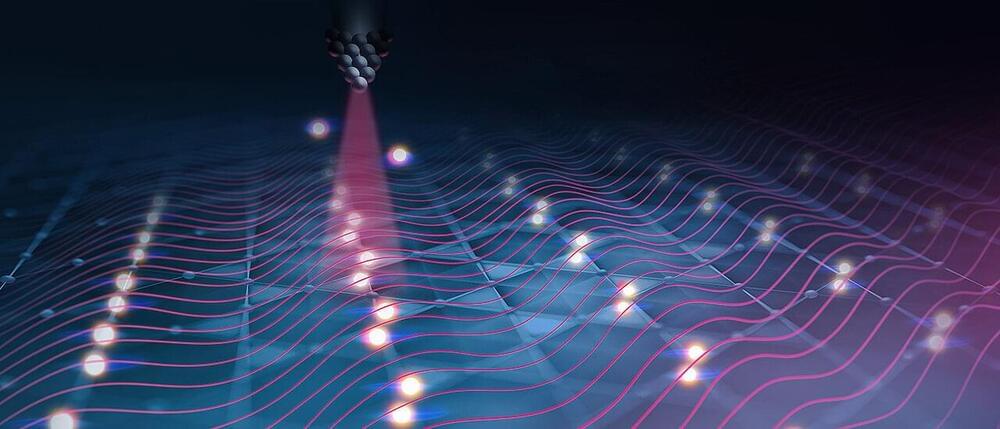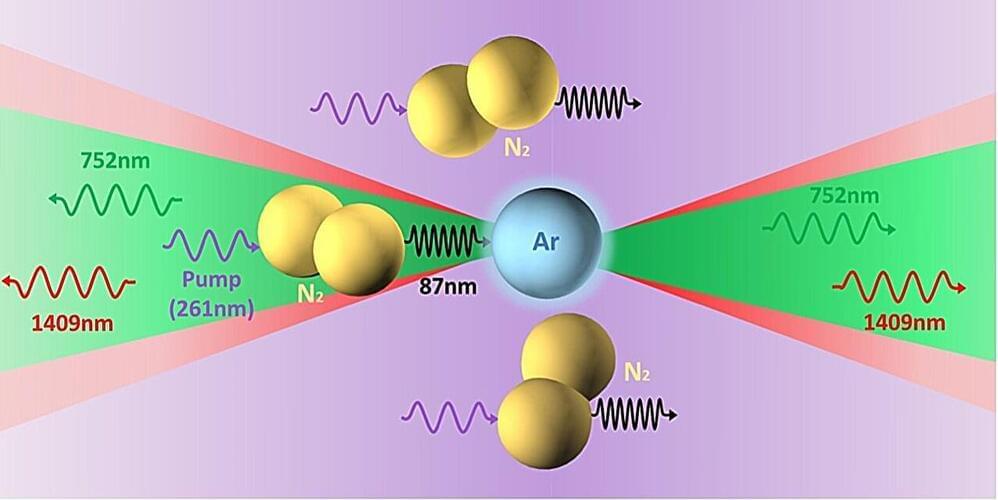Aug 28, 2024
Study uncovers broken mirror symmetry in the Fermi-liquid-like phase of a cuprate
Posted by Saúl Morales Rodriguéz in categories: materials, physics
Materials that exhibit superconducting properties at high temperatures, known as high-temperature superconductors, have been the focus of numerous recent studies, as they can be used to develop new technologies that perform well at higher temperatures. Although high-temperature superconductivity has been widely investigated, its underlying physics is not yet fully understood.
